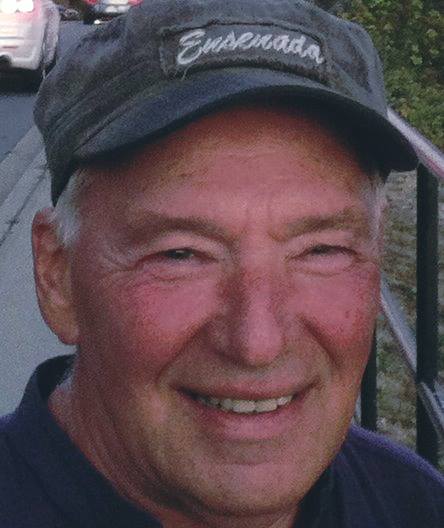Bologna in Lettere 2021
Videopoetry
A cura di Dimitri Ruggeri
Tom Konyves
ALL THIS DAY IS GOOD FOR
Born Könyves Tamás [ˈkøɲvɛʃˌtɒmɑ̈ːʃ] in Budapest, Hungary, he emigrated to Canada following the Hungarian Revolution of 1956. He lived in Montreal from 1957 to 1983, when he moved to Vancouver, where he resides with his wife, Marlene, sons Alexander, Gabriel and daughter, Hannah. He graduated from Concordia University in 1969, worked as a teacher, editor and journalist until 1977, when he became a poet-member of Vehicule Art Gallery, Montreal’s first artist-run non-profit centre. As a poet at Vehicule Art, he collaborated with Endre Farkas, Ken Norris, Artie Gold, Stephen Morrissey, Claudia Lapp and John McAuley to form a group of 7 who became known as The Vehicule Poets. Their exploits were documented in the 1993 book, Vehicule Days: An Unorthodox History of Montréal’s Vehicule Poets, edited by Ken Norris.
https://en.wikipedia.org/wiki/Tom_Konyves
ALL THIS DAY IS GOOD FOR (2010) – Synopsis
Appropriating images, appropriating texts, appropriating sounds – has become an accepted method of artistic creation. One collects and recycles. It is one very effective way toward discovering a hidden, perhaps profound relationship between objects that only become revealed when brought into contact with one another, conceptually fused, you could say. It is the title which first reveals itself to me – a phrase caught in the web of my thoughts, a painted sign on a fencepost, a suggestive line torn from a page of a newspaper, an overheard remark. I could ruminate over the words of a title for days on end, wondering, Why have these words become revealed to me? The text in this videopoem was assembled from hundreds of scam e-mails I have been collecting over the years, messages representing the lies we are confronted with every day; yet the fragments extracted from these passion-laden letters cannot help but contain unintentional glimpses of truth. In between mundane and altered reality lies that precious essence of life I see as poetry. The camera rotation performs the equivalence of “This Day” as the visual representation of the circularity of days. The original shoot was done in the city – but there were too many distracting details of buildings, windows, people, and birds in motion to stand for “the world” – and replaced by a simple, featureless park setting. The soundtrack is layered with a percussive track added to the original sounds from the initial city shoot. The sound was modified from its original, peaceful mood. The acceleration of the image is accentuated with an appropriated clip of Marcel Lemaitre’s 1979 film, “L’Amour Réinventé” substituted for the sky. The visual text is represented as 3 different paper types, fragmenting the verbal sources also as tactile objects. The day, the world, this day, this world is rendered in real and accelerated time, transforming in time with the “ideas in images” being presented as tactile text.

